Tramadol(Paracetamol)
Price range: $110.00 through $630.00
Nothing is more dangerous than a rusty old pain. A small controlled dosage can eliminate the pain for good.
Description
Tramadol is a prescription medication used to treat moderate to moderately severe pain in adults. It is classified as an opioid analgesic, although it is considered less potent than other opioids such as morphine or oxycodone.
🔹 General Information:
-
Generic Name: Tramadol
-
Brand Names: Ultram, ConZip, Ryzolt (discontinued in some countries), among others.
-
Drug Class: Opioid analgesic (synthetic)
-
Controlled Substance: Schedule IV (in the U.S.), meaning it has potential for abuse and dependence but less than Schedule II or III drugs.
🔹 Mechanism of Action:
Tramadol works through dual mechanisms:
-
Opioid receptor agonist: It binds to the μ-opioid receptor, altering how the brain and nervous system respond to pain.
-
Reuptake inhibition: It inhibits the reuptake of serotonin and norepinephrine, which contributes to its analgesic effects, similar to certain antidepressants.
🔹 Formulations:
-
Immediate-release tablets
-
Extended-release tablets/capsules
-
Oral drops (less common)
-
Injectable form (used in some hospitals)
-
Combination tablets (e.g., with acetaminophen)
🔹 Dosage:
-
Immediate-release: Typically 50–100 mg every 4–6 hours as needed (max: 400 mg/day)
-
Extended-release: Usually 100 mg once daily, may be increased every 5 days (max: 300 mg/day)
💡 Dosage must be adjusted for elderly patients, those with kidney/liver issues, or those on other CNS depressants.
🔹 Common Side Effects:
-
Dizziness or lightheadedness
-
Nausea, vomiting
-
Constipation
-
Headache
-
Drowsiness or fatigue
-
Dry mouth
🔹 Serious Side Effects:
-
Seizures (especially at higher doses or with certain drug interactions)
-
Serotonin syndrome (if combined with SSRIs, SNRIs, MAOIs, etc.)
-
Respiratory depression
-
Addiction, abuse, and misuse
-
Withdrawal symptoms with abrupt discontinuation
🔹 Warnings & Precautions:
-
Not recommended for children under 12, and contraindicated in those post-tonsillectomy or adenoidectomy under 18.
-
Caution in people with a history of substance abuse, epilepsy, liver/kidney dysfunction, or respiratory disorders.
-
Can interact with alcohol, sedatives, antidepressants, and other drugs affecting CNS or serotonin levels.
🔹 Withdrawal & Dependence:
-
Tramadol can cause physical dependence and withdrawal symptoms (sweating, anxiety, tremors, insomnia, nausea) when stopped abruptly.
-
Tapering is advised under medical supervision.
🔹 Special Considerations:
-
Pregnancy: Category C (risk cannot be ruled out); may cause neonatal withdrawal syndrome.
-
Breastfeeding: Tramadol is excreted in breast milk and may affect the infant.
-
Driving/operating machinery: Not advised until individual effects are known.
🔹 Alternatives:
-
Non-opioid analgesics (acetaminophen, NSAIDs)
-
Stronger opioids (morphine, hydrocodone)
-
Adjuvant medications (antidepressants, anticonvulsants for neuropathic pain)
Let me know if you want a comparison with other opioids, tapering guidelines, or specific drug interaction information.
Additional information
| Dosage | |
|---|---|
| Quantity | 120 Pills, 180 Pills, 30 Pills, 60 Pills, 90 Pills |
Only logged in customers who have purchased this product may leave a review.
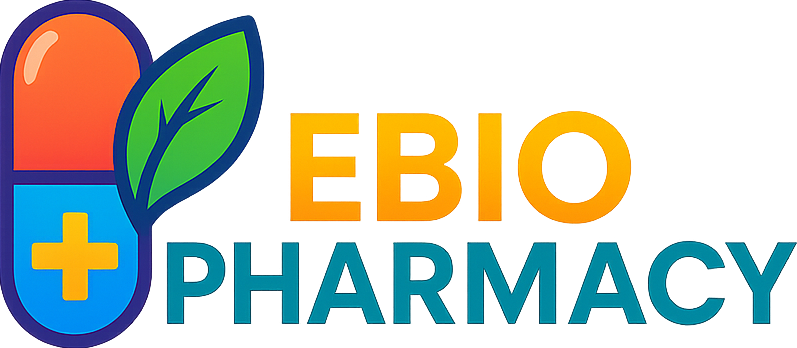


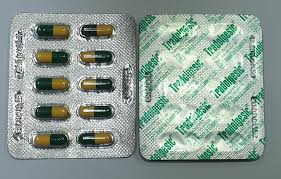
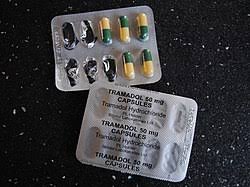
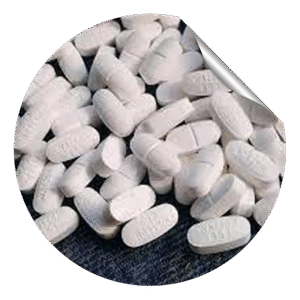
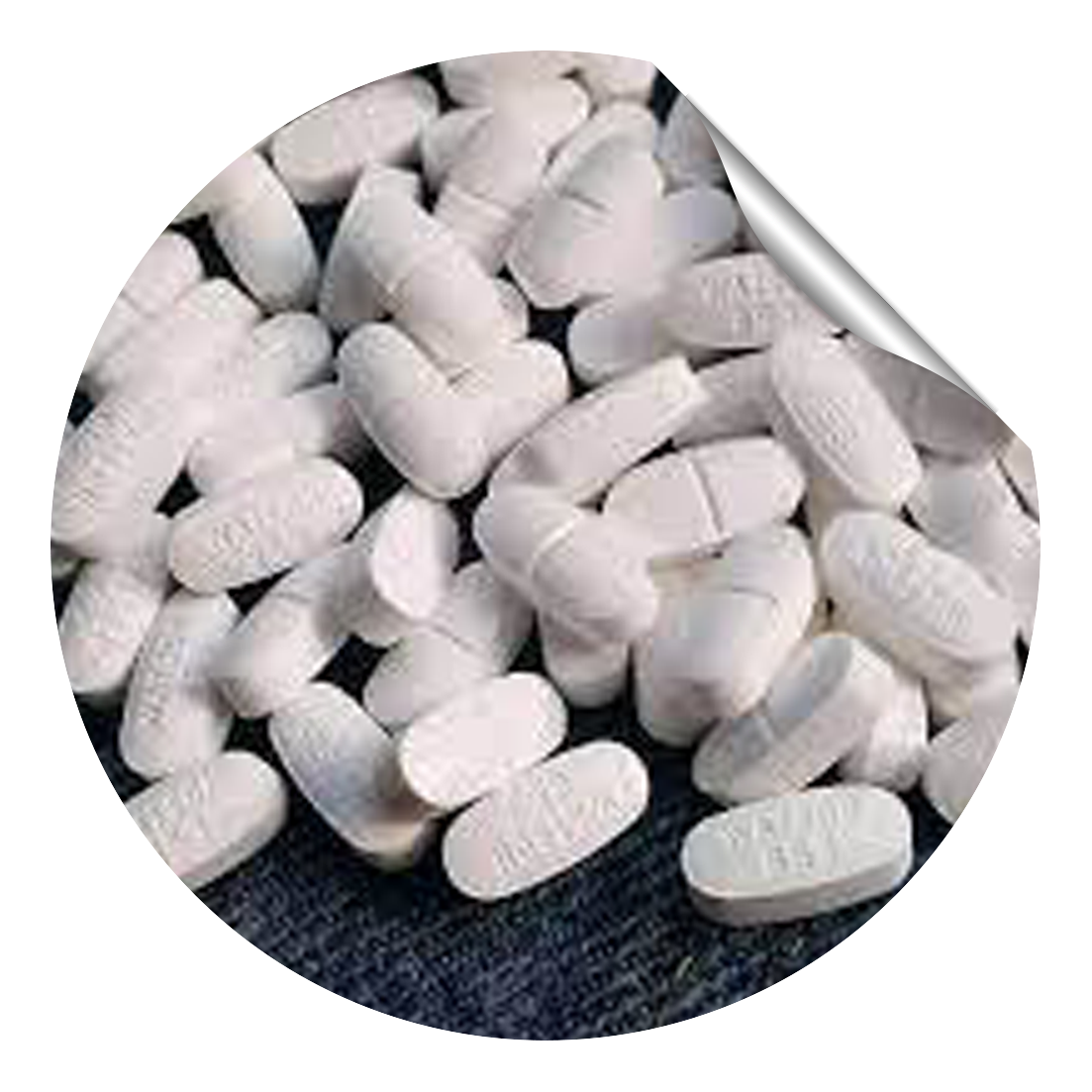
Reviews
There are no reviews yet.